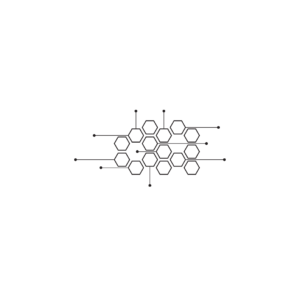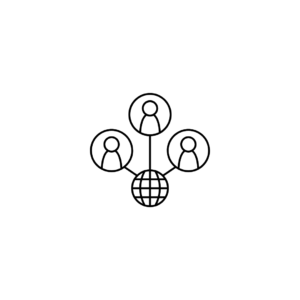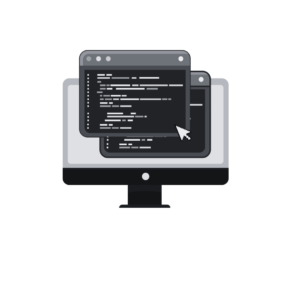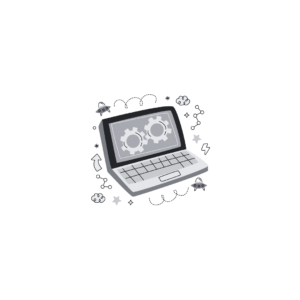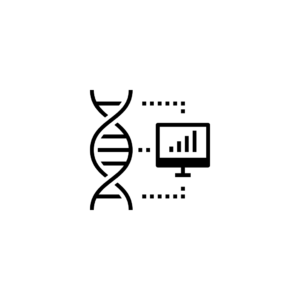Description
A Diploma Lateral Entry in Electronics & Communication Engineering is an advanced program specifically designed for students who have completed a related technical diploma (such as in electrical engineering or computer science) and wish to specialize in the fields of electronics and communication. This program allows direct entry into the second year of the diploma course, enabling students to leverage their foundational knowledge while focusing on more specialized topics.
Curriculum Overview
The curriculum for a Diploma Lateral Entry in Electronics & Communication Engineering typically combines theoretical knowledge with practical applications, preparing students for careers in a rapidly evolving technical environment. Here are some common subjects and areas of study you might encounter:
Fundamentals of Electronics:
Introduction to basic electronic components and circuits, including resistors, capacitors, diodes, and transistors.
Circuit Theory:
Analysis of electrical circuits, covering both AC and DC analysis, network theorems, and circuit design principles.
Digital Electronics:
Study of digital logic design, including binary number systems, logic gates, combinational and sequential circuits, and flip-flops.
Microprocessors and Microcontrollers:
Introduction to microprocessor architecture, assembly language programming, and applications of microcontrollers in embedded systems.
Communication Systems:
Overview of analog and digital communication principles, modulation techniques, transmission lines, and receivers.
Signal Processing:
Fundamentals of signal analysis and processing, including Fourier analysis, filters, and their applications.
Control Systems:
Basics of control engineering, including feedback control systems, stability analysis, and dynamic response.
Networking and Data Communication:
Principles of computer networks, protocols, data transmission methods, and the architecture of telecommunication networks.
Electromagnetic Fields:
Study of electromagnetic theory, wave propagation, and applications in communication systems.
Embedded Systems:
Introduction to embedded system design, focusing on hardware and software integration for specific applications.
Instrumentation and Measurement:
Tools and techniques for measuring electrical and electronic parameters, including sensors and transducers.
Project Work:
A hands-on project that allows students to apply engineering principles to real-world challenges, such as designing a communication device or electronic system.
Career Opportunities
Graduates of a Diploma Lateral Entry in Electronics & Communication Engineering have numerous career opportunities across various sectors, including telecommunications, electronics manufacturing, and information technology. Some potential job roles include:
Electronics Engineer: Designing and developing electronic components and systems for a variety of applications.
Communication Engineer: Focusing on the design and optimization of communication systems, including wireless and wired networks.
Embedded Systems Engineer: Developing and implementing embedded systems for use in consumer electronics, automotive, and industrial applications.
Network Engineer: Managing and maintaining computer networks and communication systems, ensuring reliability and efficiency.
Field Service Engineer: Providing technical support and installation services for electronic and communication equipment.
Control Systems Engineer: Designing and implementing automated control systems in manufacturing and industrial settings.
Quality Assurance Engineer: Ensuring the quality and reliability of electronic products through testing and evaluation.
Technical Support Engineer: Assisting customers with technical issues related to electronics and communication products.
RF Engineer: Specializing in radio frequency (RF) systems for communication devices, radar, and wireless technologies.
Research and Development Engineer: Innovating and developing new technologies in electronics and communication sectors.
Further Education
After completing the Diploma Lateral Entry in Electronics & Communication Engineering, graduates may choose to pursue a Bachelor?s degree in Electronics Engineering, Communication Engineering, or a related field. Additional certifications in areas such as telecommunications, networking, or embedded systems can enhance career prospects and professional development.
If you have any questions about the Diploma Lateral Entry in Electronics & Communication Engineering program, potential career paths, or any related topics, feel free to ask!




